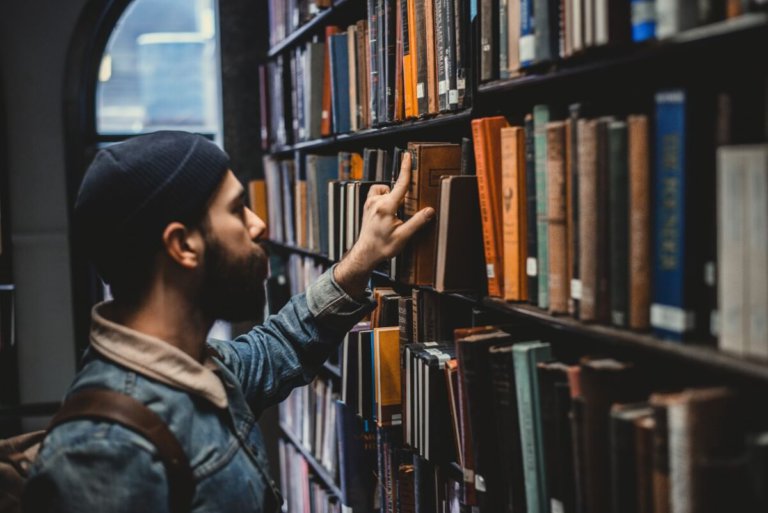
“Now, turn to page 33 in your textbooks and start reading the first passage…”
Since the notable education publisher Pearson announced its hard-hitting news of phasing out print books, it seems like classic teacher mottos like the above will soon phase out too.
77% of Gen Z students think textbooks will be obsolete in 5 years. Why wait that long? Pearson is turning the page on college textbooks. https://t.co/TOx2LbplVk pic.twitter.com/87q2tXu0wA
— Pearson (@pearson) July 16, 2019
Pressured by the growing popularity of e-textbooks, Pearson revealed that students would only be able to rent traditional textbooks from now on.
Reaching a “digital tipping point”, the world’s largest education publisher found that their annual revenues come from digital sales.
So Pearson decided that it was time to flick the switch and tune into the digital demand.
From a financial perspective, while losing its grip on physical textbook production, the company may be cruising toward an increased profit margin.
As outlined by Forbes, “Textbooks are an interesting quandary in the publishing world. The cost of creating the original content for the textbook is a comparatively small percentage of the overall costs.
“But for a textbook, those other costs – securing the rights for images or commissioning them outright, editing the content, indexing, prepress, printing, promoting and distributing can mean that most textbooks can cost between $50,000 and $100,000 to make, and some can end up costing more than a million dollars.”
But if the publisher keeps production within digital dimensions, it could lead to faster distribution and slightly more efficient creation.
“Over time, digital has become a more important part of the offering,” John Fallon, CEO of Pearson, says. “We’ve really reached a tipping point.” https://t.co/ibCahHzUIA
— Pearson (@pearson) July 16, 2019
But what does this mean for students and educators?
Reflecting on the advice of Dr Ann Marcus-Quinn, lecturer in Technical Communication and Instructional Design at the University of Limerick, there’s the theory that replacing textbooks with technology may be damaging to a child’s learning ability.
Further explained by RTE, Quinn advised against a “whole-school approach, where a school centrally makes a decision which affects the role electronic devices such as tablets play in classrooms, across the entire school or across different stages of learning.”
By transferring their educational textbooks to digital format, Pearson may leave some schools with no option but to switch to a whole-school approach, where everyone must download the e-books and read text from a tablet.
Steered by the threat of alienation, many secondary school students and university learners will start to feel the pressure of keeping to trends and opt for digital versions of their textbooks over physical copies.
At the click of a button, they’ll be able to access the desired information online, from educational publishers like Pearson and retailers like Perlego.
Could this be the end of the traditional classroom textbook? Only time will tell.







